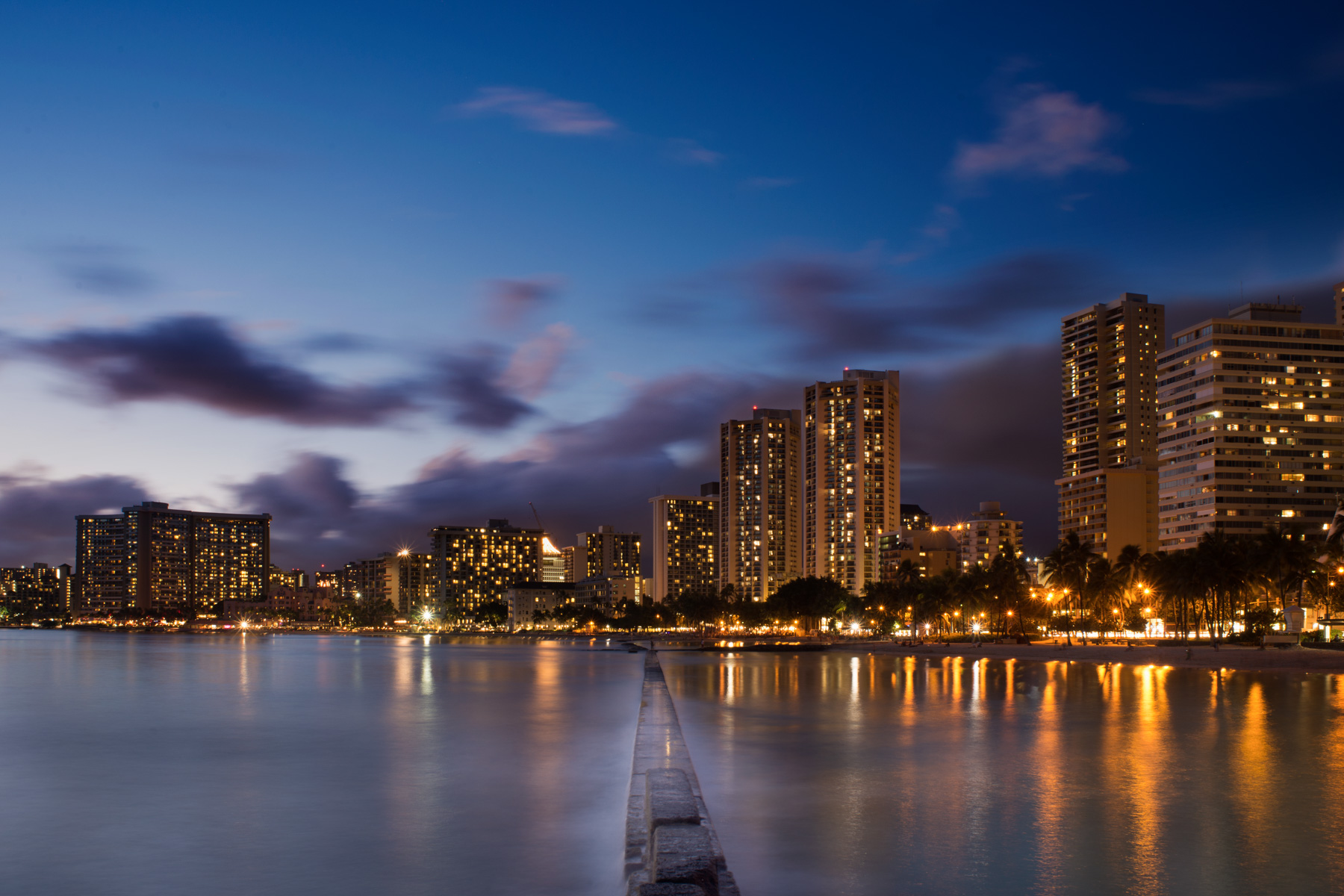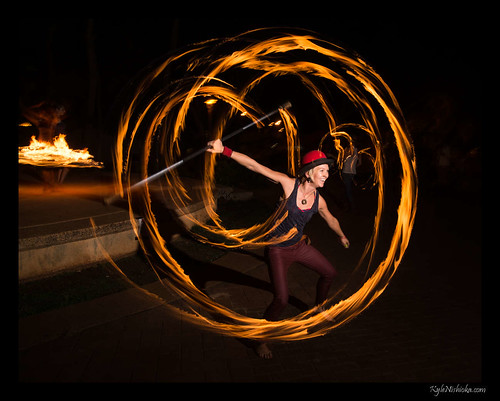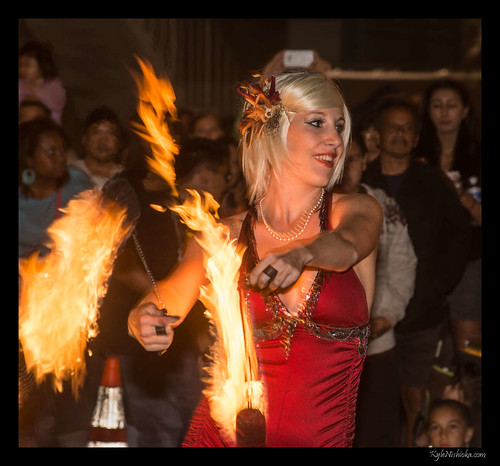Fire dancers and fire spinning has been my favorite subject to shoot recently. The catch is that fire is a really difficult to photograph. Fire can be really bright (sometimes brighter than fireworks) and blow out the highlights. Tthen the light levels varies up and down throughout the performance. But, the picture would look so much cooler if the fire trails made long, arcing sweeps so lets keep that shutter open just a bit longer. And finally you still want to see the performer’s face right? Here’s some tips on how to make your fire dancer photos look amazing.
Basic tips
- Exposure. In a lot of ways, photographing fire artists is like photographing a fire works show. You meter for the brightest part of the image so that you keep the detail in the highlights. Then keep the shutter open for a long exposure to build a long trail of light while also brightening the shadows and dark areas. The typical settings are ISO 100, a variable aperture between f8 to f16, and a shutter speed to suit your situation.
- Tripod or handheld? Most people would expect this one to be a no brainer but there are two ways to go with this. Because fire is so bright, and you can stop down to a really stop down to a small aperture, and since fire artists perform at night so the background is naturally dark. This combination allows you to get away with slightly longer handheld shots. And by slightly longer, I mean 1/15 to 1/8 of a second like the above photo of the poi spinner. It’s long enough to get a slight trail of fire and the background should be dark enough to not show any ghosting if you’re careful to avoid putting a street light in the frame. That said, using a tripod is still the best practice.
- Fill flash. When the ISO is low and aperture is small, the subject is going to be underexposed in your photo. BTW, the subject of the photo should be the fire artist and not the fire. To balance the exposure of the subject with the fire, you need to add light from a strobe. Unfortunately, you need a lot of light. Typically full power pops from a Nikon SB-900 / Canon 580EX. I’ve also tried zooming in the head of the flash to tighten up the beam as much as possible so that I could use 1/2 power. The distance to the subject is also a big variable for the amount of fill light needed. It’s going to take a bit of trial and error to balance the fill flash. Just don’t use TTL, this is the kind of lighting situation that confuses a camera’s light meter.
Next time I’ll dig into the advanced tips.



Oh thank, Good Tips 😀